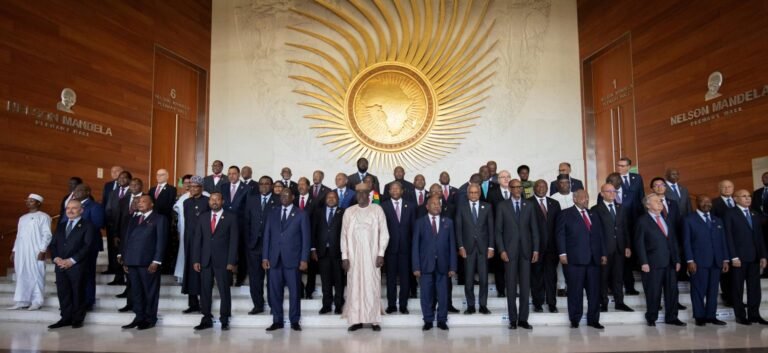The International Energy Agency (IEA) has revised its 2025 global oil demand growth forecast downward to 700,000 barrels per day (bpd), the slowest pace since 2009 outside the 2020 pandemic collapse.
This updated projection brings total demand for the year to 103.68 million bpd, slightly below the agency’s previous estimate of 720,000 bpd growth.
The IEA’s July Oil Market Report attributes the deceleration to weaker-than-expected demand in Q2, where consumption grew just 550,000 bpd year-on-year, half the 1.1 million bpd expansion seen in Q1.
Early-year gains were boosted by colder-than-normal winter weather in OECD countries, but demand has since faltered, especially across developing economies.
The report suggests that while it may be premature to directly tie the slowdown to trade tensions, the sharpest declines occurred in countries exposed to tariff risks, such as China, Japan, South Korea, the United States, and Mexico.
Meanwhile, Europe and emerging markets outside Asia demonstrated more stable demand patterns, offsetting some global weakness.
Looking ahead, the IEA expects oil demand growth to maintain its subdued momentum through the remainder of 2025.
For 2026, the agency anticipates a rebound, projecting demand to rise by 720,000 bpd to reach 104.4 million bpd, supported by more accommodative global monetary and fiscal policies.
On the supply side, global oil production surged by 950,000 bpd in June compared to May, climbing to 105.62 million bpd.
The increase was driven by higher output from both OPEC and non-OPEC countries, with the OPEC+ alliance contributing 500,000 bpd to the monthly gain.
Saudi Arabia led the expansion with a 700,000 bpd hike in crude production, followed by modest increases from Iraq, Kazakhstan, and the UAE.
However, these were partially offset by a steep 400,000 bpd drop in Iranian output and further declines in Venezuela, bringing OPEC+ crude production to 42.7 million bpd.
Non-OPEC producers added 450,000 bpd, pushing output to 54.6 million bpd, buoyed by rising Canadian output and seasonal biofuel production.
Year-on-year, global oil supply rose by 2.9 million bpd in June, with OPEC+ responsible for 1.9 million bpd of that increase.
This evolving oil market outlook underscores the growing influence of geopolitical and economic pressures on both global demand and supply dynamics in 2025.





















